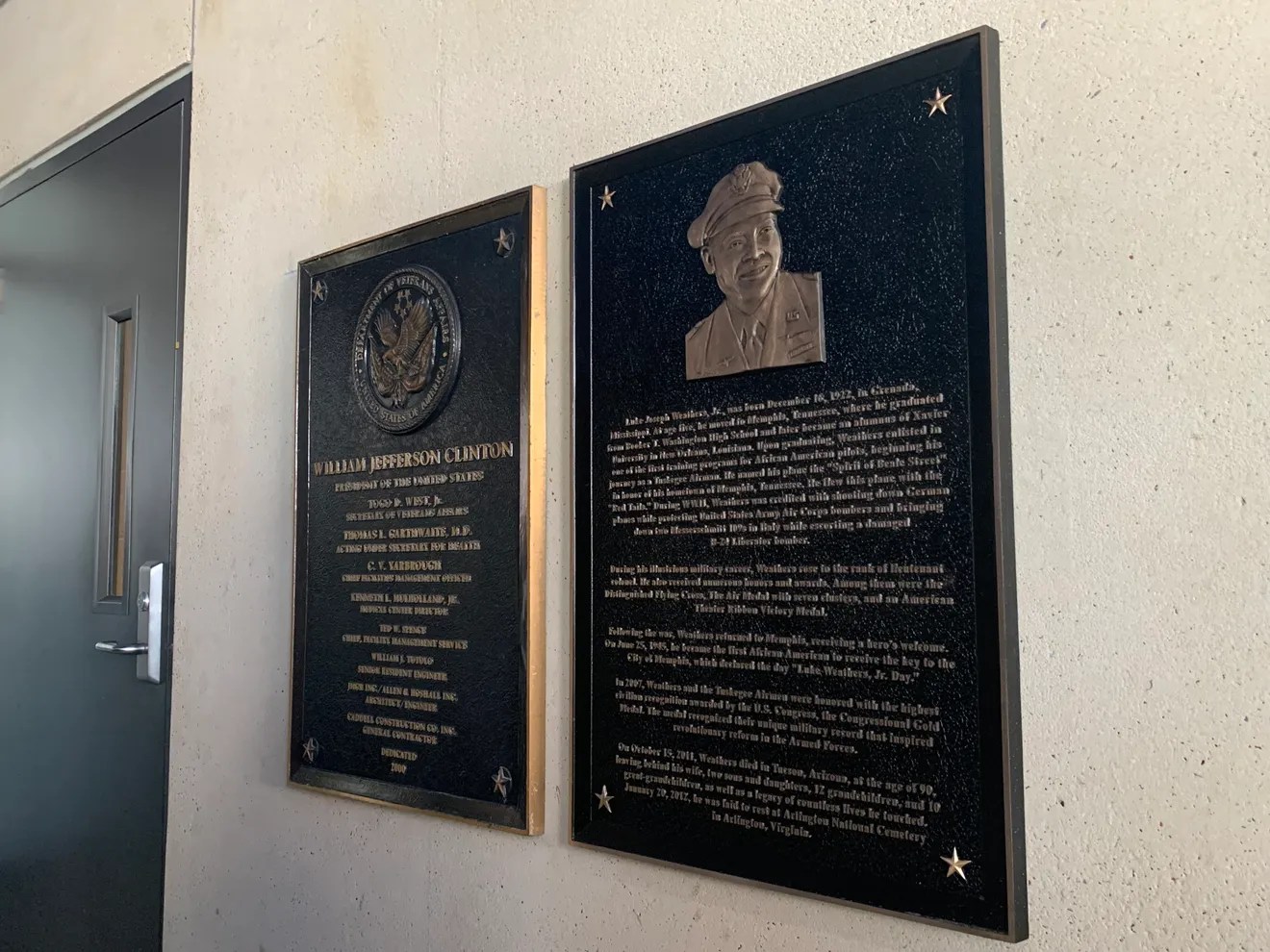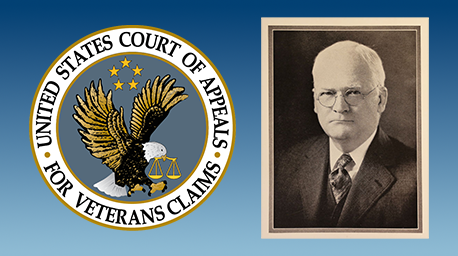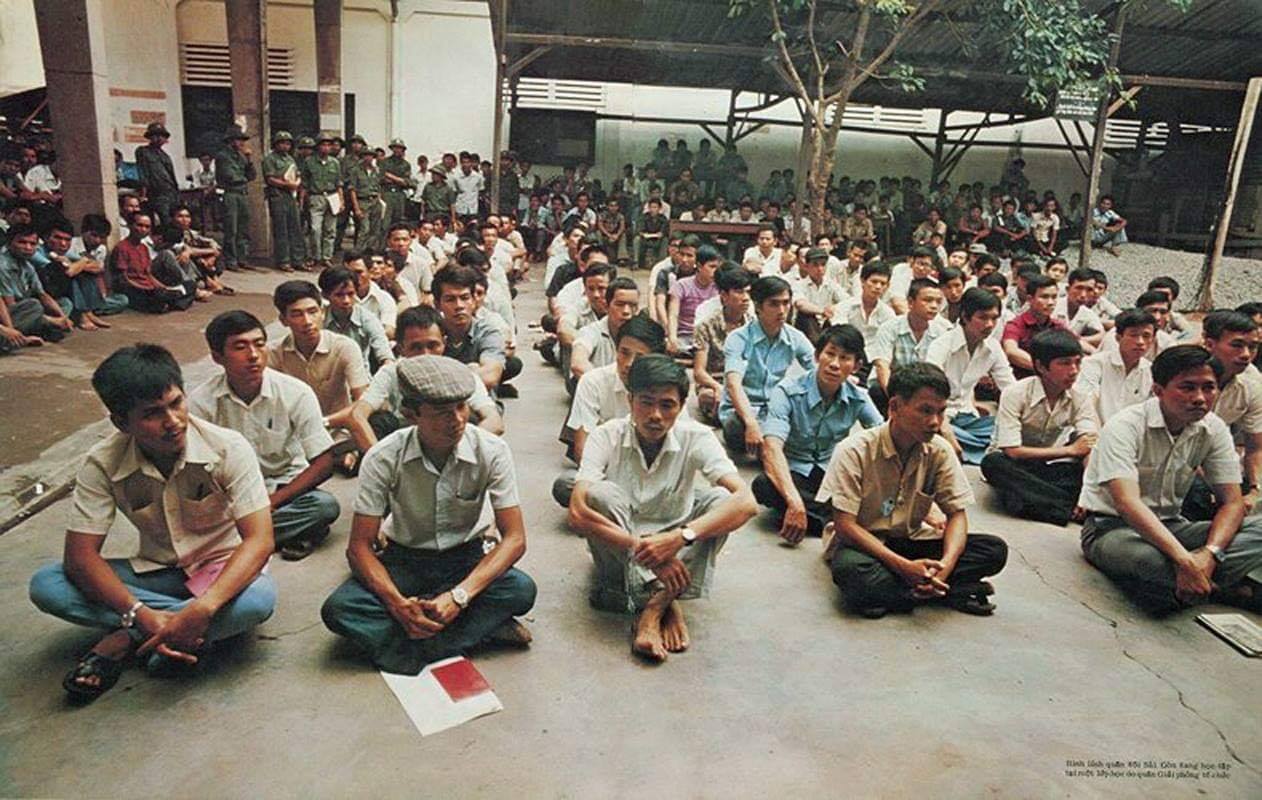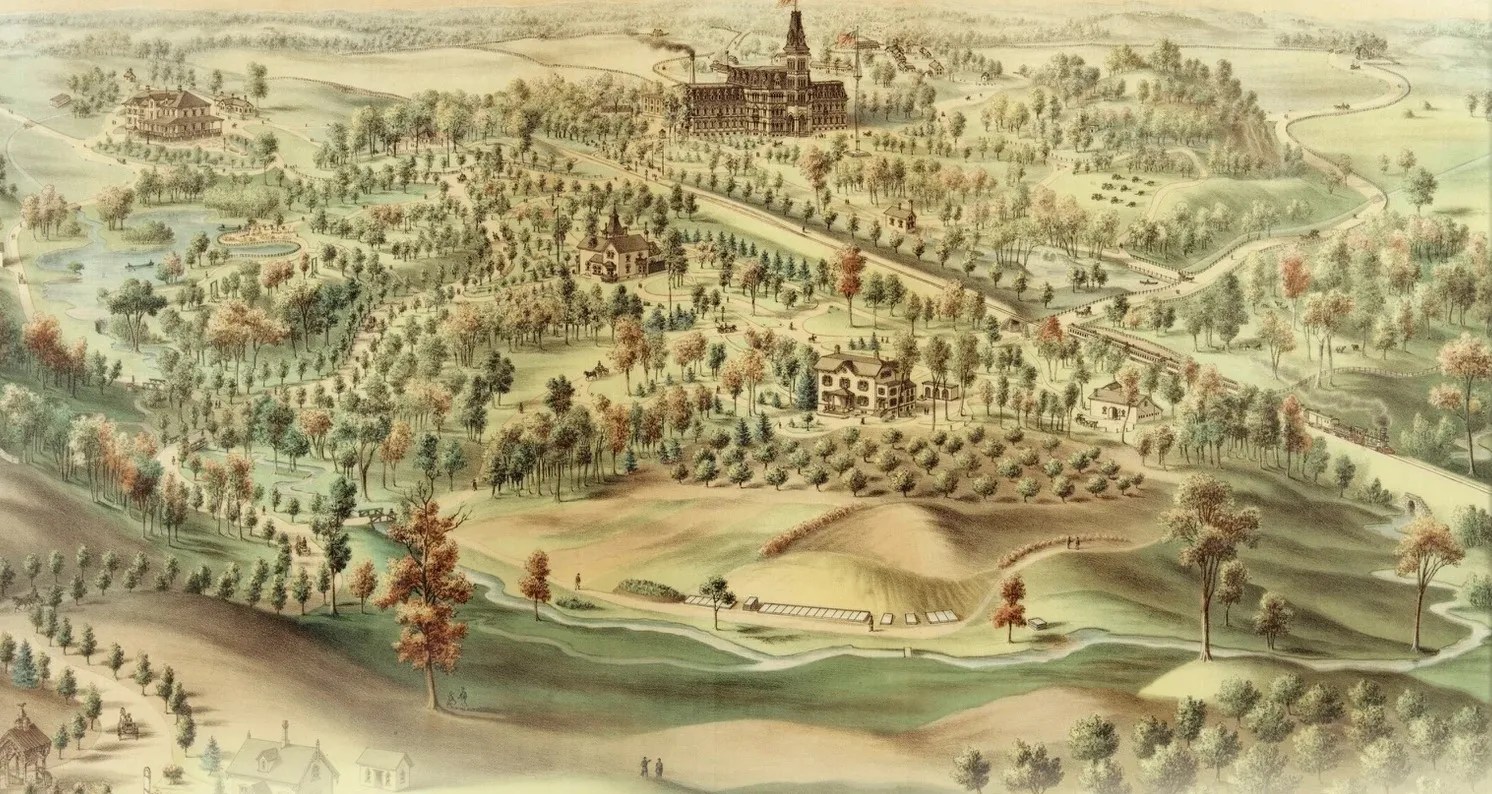
The Memphis VA Medical Center is now officially known as the Lt. Col. Luke Weathers, Jr. VA Medical Center. A dedication ceremony to honor Lt. Col. Luke Weathers, Jr., took place on July 24, 2023.
Lt. Col. Luke Weathers, Jr., a Memphis native and member of the heralded Tuskegee Airmen and Red Tails, was credited with shooting down numerous enemy aircraft while escorting B-24 bombers over Italy in 1944.
U.S. Rep. Steve Cohen of Tennessee introduced the bill, which was passed into law December 20, 2022.
“On behalf of our leaders and staff, we are honored to have this medical center named in honor and recognition of such a deserving hero,” said Joseph P. Vaughn, executive director, Lt. Col. Luke Weathers, Jr. VA Medical Center.
Luke Joseph Weathers, Jr., was born December 16, 1922, in Grenada, Mississippi. At age five, he moved to Memphis, Tennessee, where he graduated from Booker T. Washington High School and later became an alumnus of Xavier University in New Orleans, Louisiana. Upon graduating, Weathers enlisted in one of the first training programs for African American pilots, beginning his journey as a Tuskegee Airman. He named his plane the “Spirit of Beale Street” in honor of his hometown of Memphis, Tennessee. He flew this plane with the “Red Tails.”
During WWII, Weathers was credited with shooting down German planes while protecting United States Army Air Corps bombers and bringing down two Messerschmitt 109s in Italy while escorting a damaged B–24 Liberator bomber.
During his illustrious military career, Weathers rose to the rank of lieutenant colonel. He also received numerous honors and awards. Among them were the Distinguished Flying Cross, The Air Medal with seven clusters, and an American Theater Ribbon Victory Medal.
Following the war, Weathers returned to Memphis, receiving a hero’s welcome. On June 25, 1945, he became the first African American to receive the key to the City of Memphis, which declared the day “Luke Weathers, Jr. Day.”
In 1965, after transferring from his Federal Aviation Administration (FAA) position in Anchorage, Alaska, Weathers became the first African American Air Traffic Controller in Memphis, Tennessee. He later held positions with the FAA in Atlanta, Georgia, and the District of Columbia, where he eventually retired in 1985 after serving as a reservist in the military for 23 years.
In 2007, Weathers and the Tuskegee Airmen were honored with the highest civilian recognition awarded by the U.S. Congress, the Congressional Gold Medal. The medal recognized their unique military record that inspired revolutionary reform in the Armed Forces.
On October 15, 2011, Weathers died in Tucson, Arizona, at the age of 90, leaving behind his wife, two sons and daughters, 12 grandchildren, and 10 great-grandchildren, as well as a legacy of countless lives he touched. January 20, 2012, he was laid to rest at Arlington National Cemetery in Arlington, Virginia.
By Staff at the Lt. Col. Luke Weathers, Jr. VAMC
Share this story
Related Stories

Featured Stories
A Brief History of the Board of Veterans’ Appeals
On July 28, 1933, President Franklin Delano Roosevelt signed Executive Order 6230 creating the Board of Veterans’ Appeals (BVA). The BVA was created as part of the Veterans Administration (VA), which had been established only three years earlier.

Featured Stories
The Fall of Saigon 1975: A South Vietnamese Military Physician Remembers
"There was chaos in the streets when I made my way to the hospital on the morning of April 30, 1975. In a place of order, there was now great confusion. The director and vice director of the hospital were gone, making me, the chief of medicine, the highest-ranking medical officer."




